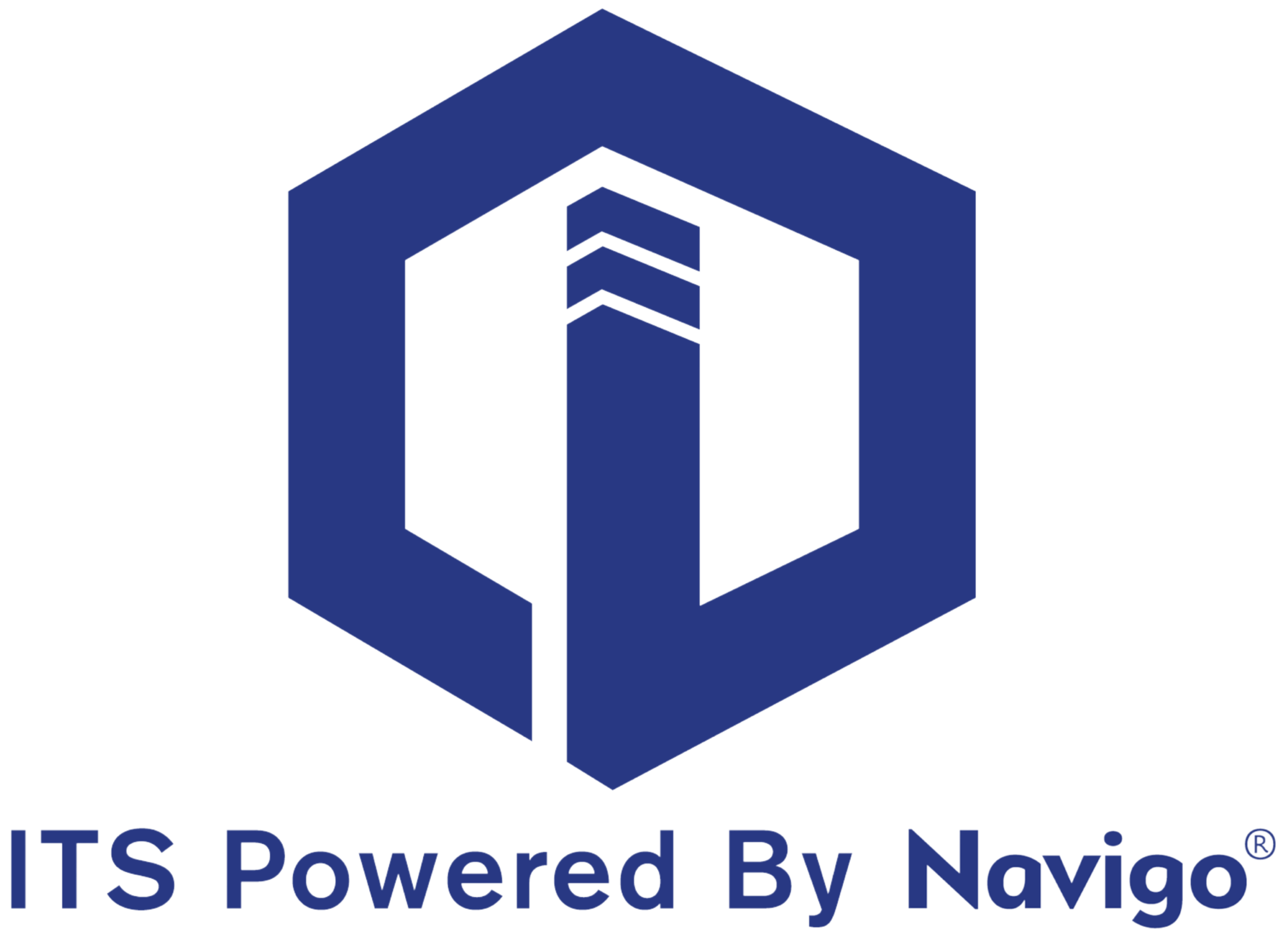Headquarters
7150 Columbia Gateway Drive, Suite L, Columbia, MD 21046
New York Location
112 West 34th Street, 18th floor, Room 18025 New York, NY 10001

Proud member

Resource scheduling has become an integral aspect of efficient project management across industries. As organizations seek to optimize their resource allocation and enhance productivity, resource scheduling software and services have gained significant prominence. However, understanding the intricacies of resource scheduling pricing is crucial for making informed decisions. Let's explore the various factors that influence resource scheduling pricing components to help businesses navigate this critical aspect of project management.
The size and scale of a facility or organization play a vital role in determining resource scheduling pricing. Larger enterprises with extensive resource requirements often need more robust and complex scheduling solutions. These might include features like multi-team coordination, capacity planning, and integration with existing enterprise systems. As a result, resource scheduling vendors often offer tiered pricing models based on the number of users, teams, and resources that require management.
The breadth and depth of functionality offered by a resource scheduling solution directly impact its pricing. Basic scheduling tools may offer standard features like task assignment and calendar integration, but advanced platforms can provide resource forecasting, automated scheduling, and real-time analytics. The more comprehensive the features, the higher the pricing tiers are likely to be.
Businesses often have unique requirements that demand customization and seamless integration with their existing workflows and systems. Customization capabilities and integration with other tools, such as building maintenance software or CRM systems, are essential factors influencing resource scheduling pricing. Vendors might charge additional fees for tailor-made solutions and integrations to ensure a seamless fit with the organization's infrastructure.
The choice between on-premise and cloud-based deployments significantly impacts resource scheduling pricing. On-premise solutions involve higher upfront costs for hardware, software licenses, and ongoing maintenance. Conversely, cloud-based solutions offer a subscription-based pricing model with the advantage of scalability and flexibility, allowing businesses to adjust their resource scheduling needs as per changing demands.
The level of customer support and maintenance services provided by the resource scheduling vendor can also influence pricing. Companies that require dedicated support, training, and continuous updates may opt for higher-priced packages that offer premium support levels. Additionally, vendors might offer service level agreements (SLAs) to guarantee response times and issue resolution, further affecting the overall pricing.
Resource scheduling pricing often varies based on the number of users and licenses required. While some vendors offer per-user licensing, others may have different pricing structures, such as a flat rate for unlimited users or a tiered system based on user roles. Organizations must carefully assess their user requirements and choose a pricing model that aligns with their budget and operational needs.
Resource scheduling vendors may offer various subscription options, such as monthly, annual, or multi-year plans. Longer-term commitments can often lead to cost savings, with vendors providing discounted rates for extended contracts. However, businesses should carefully evaluate their resource scheduling needs and potential future changes before committing to a long-term contract.
Resource scheduling pricing is influenced by a combination of factors that cater to the diverse requirements of businesses across industries. By understanding the components that affect pricing, organizations can make informed decisions and select the most suitable resource scheduling solution for their needs and budget. Careful consideration of the scale of operations, functionality, customization, deployment model, support services, user requirements, and subscription duration will empower businesses to optimize resource utilization, streamline project management, and achieve greater productivity. As resource scheduling technologies continue to evolve, staying informed about pricing trends and industry innovations will remain essential for organizations seeking a competitive edge in project execution and resource allocation.
Explore itouchinc.com for more information on our solutions or contact us for needs unique to your property or project.
7150 Columbia Gateway Drive, Suite L, Columbia, MD 21046
112 West 34th Street, 18th floor, Room 18025 New York, NY 10001

Proud member
Toll-Free
Phone
© Copyright 2026 ITS, Inc. All rights reserved.
Stay in touch with the latest news and updates from ITS, Inc.
7150 Columbia Gateway Drive, Suite L
Columbia, MD 21046
112 West 34th Street, 18-025
New York, NY 10001